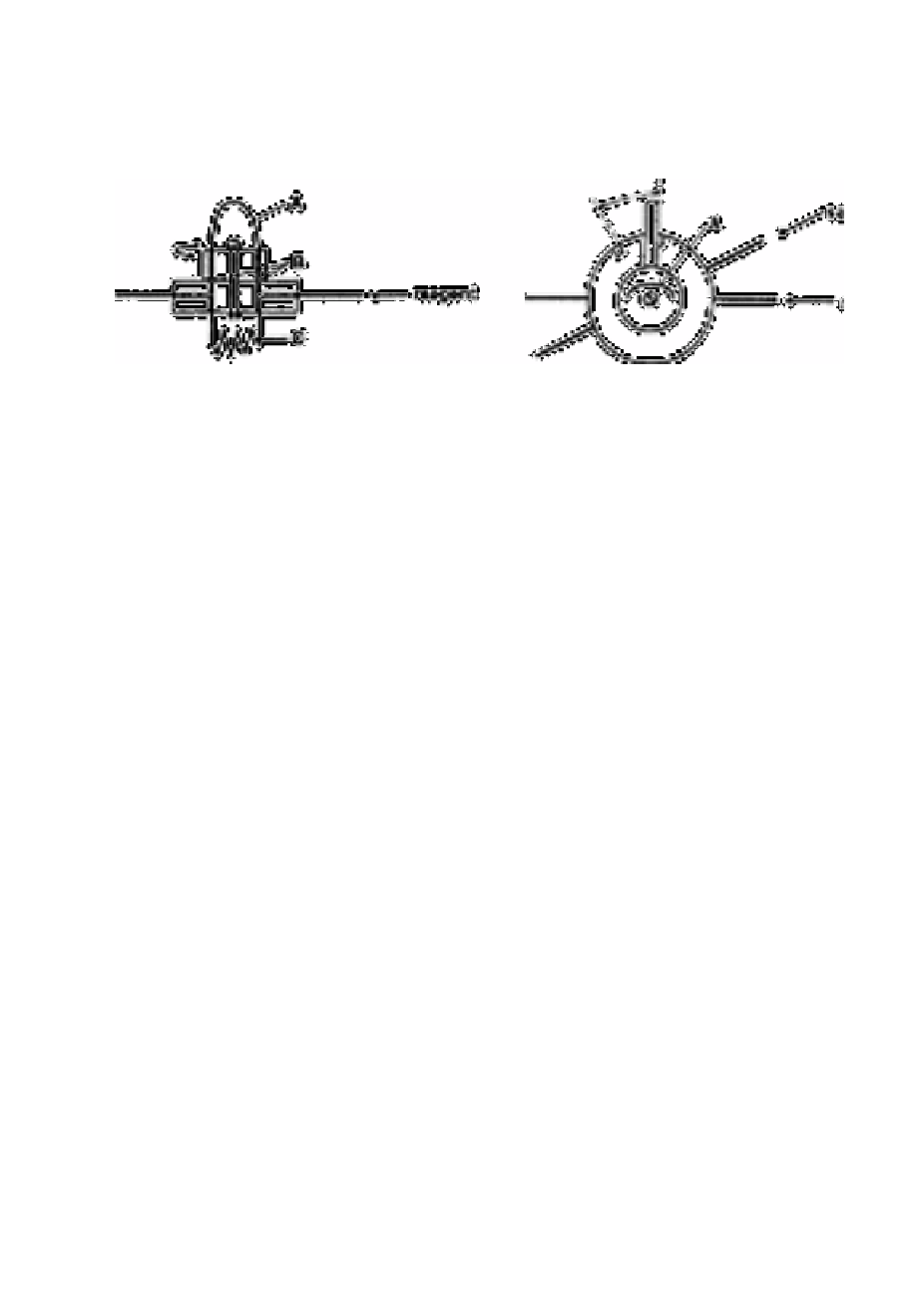Chemistry Reference
In-Depth Information
The internal diameter of the tygon tubing was 0.64mm for the 0.23ml min
−1
flow rates and 1.30mm for the 1.00ml min
−1
flow rates; all other
tubing was of 0.7mm i.d. The reagents were: (A) carrier stream; (B)
sulphanilamide solution and (C) diamine solution. S denotes the point
of injection and W waste
Source: Reproduced with permission from Elsevier Science [130]
Fig. 3.12
Rotary-valve injection port. (A) Sample loop; (B) O-rings; (C) by-
pass of higher hydrodynamic flow resistance than the sample loop
(100cm length and 0.5mm id)
Source: Reproduced with permission from Elsevier Science [130]
sulphanilamide and
N
-(1-naphthyl)ethylenediamine as reagents as discussed below. An
on-line copper-coated cadmium reductor reduces nitrate to nitrite. The detection limit is
0.05µM for nitrite and 0.1µM for nitrate at a total sample volume of 200µL. Up to 30
samples can be analysed per hour with a relative precision of ca 1%.
A schematic diagram of the flow injection system used by Anderson [130] is shown in
Fig. 3.11. An Ismatec model MP13 peristaltic pump was used. Different flow rates were
obtained by changing the pump tube diameters as indicated in the legend to Fig. 3.11.
The injection port was a rotary valve [132,159]. The sample volume could be varied
between 10 and 1000µL simply by changing the length of the sample loop (see Fig.
3.12).

Search WWH ::

Custom Search